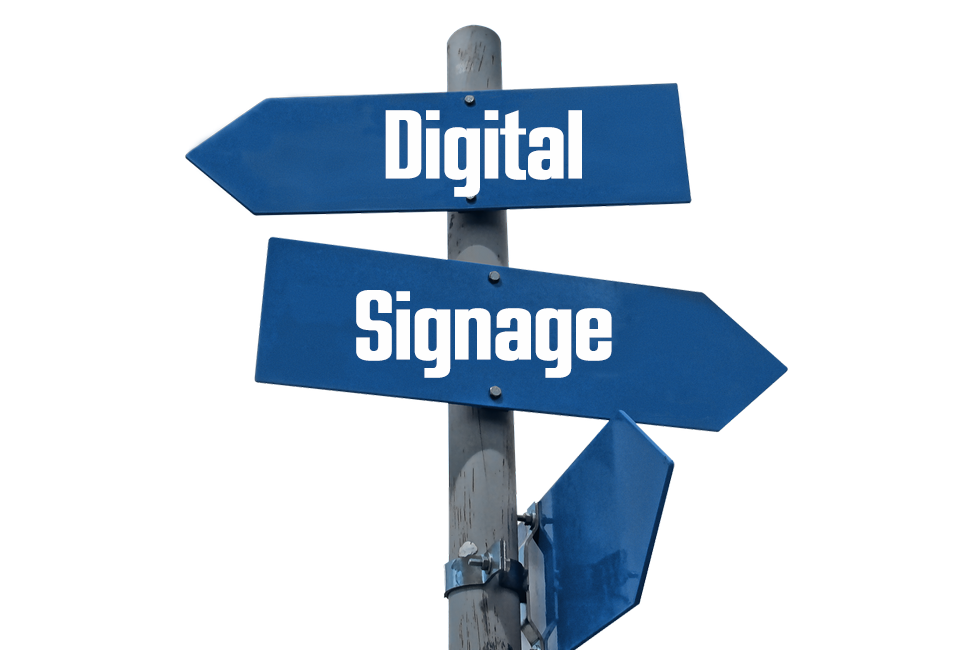Gone are the days when software testing was considered an afterthought. Today, it works well in tandem with the software development process. Surviving in the ever-changing world of digitalization is not easy but it’s a doable job when you outdo yourself by creating a strong, scalable, robust online presence. Fortunately, you will come across a plethora of software testing companies that offer it all right from software development to designing, software testing, QA services, migration, maintenance, and support.
Of course, considering these types in the first place is a wise decision to make. Other than that, you should know the importance of each phase of the software development life cycle. However, since we have a limited amount of time here I won’t be able to explain it all but I can certainly shed some light on one of the crucial phases of the software development life cycle, i.e. Regression Testing.
The following post emphasizes what Regression Testing is. Why is it important while conducting software development if you want to stand ahead of the crowd? So without any further ado, let’s begin!
Introducing Regression Testing
In simple words, Regression Testing is a mere software testing practice executed by a software testing service provider just to make sure that the developed application works systematically even after there is a slight change in the code or any major updates take place. Now tell me what happens when yellow gets mixed with red by mistake? It turns orange, right? Similarly, when conducting any software development project, changes and modifications are bound to happen and one small change or tweak can make or break things to a great extent. Not to mention that it can result in heart-breaking consequences and losses. Here’s when regression testing comes to play.
This kind of software testing is done just to make sure that no small or big change affects the existing functionality of the software. Other than keeping the software functionality intact, regression testing is done to identify and resolve bugs, these can be the ones that are newly introduced due to the change or the previous ones which have been eradicated. Now testing every time a new update is released can be pretty overwhelming and time-consuming. And maybe this is the main reason why most software developers used to skip or ignore this phase and simply test those essential functions just to ensure that everything works fine.
In other words, regression testing in the earlier phase wasn’t given much importance. Fortunately, the table seems to have turned these days. Today, both software developers and testers are well-aware of the fact that even a small change can create a ripple effect resulting in insignificant outcomes. With Regression Testing, Different software test cases are created and re-executed to check whether the predetermined functionality of the mobile app is working as it is supposed to be and despite new changes being introduced.
When to conduct regression testing in the software development life cycle? Since regression testing is performed to verify all the changes made. It is supposed to be performed after implementing new functionality or change in the development project. Now, whenever you conduct a software development project, what happens is it takes several months and sometimes years to complete, so what will you do? Will you take regression testing in the end or will you keep testing parallel to the development process? Of course, testing simultaneously. In fact, it may quite interest you to know that the real logic of regression testing is to take retests again and again.
Let me explain by using an example – Imagine you own a software development company and the client asked you to develop a project, an app development for creating images and editing videos. So what you do is, you will come up with the first draft that comprises all the core features required. After that, you are supposed to conduct regression tests and send them to the client for their valuable feedback.
Though the client is happy with your work but wants a certain extra bunch of features to be added. So again what you do is, your team begins developing those features into the existing app. Now do you think by making a few changes or codes, the entire app will be the same as it was before? Of course, not! One small change in code can make or break the entire app. Therefore before you relaunch the app, it is important to conduct regression testing just to verify new features and functionalities of the app. Further below I would like to mention certain benefits of conducting regression testing
Why Regression Testing Must be Considered in the First Place?
Cut-throat competition is one of the core reasons why businesses are compelled towards leveraging the power of technology. To come up with an intuitive and intimidating solution, you must consider conducting regression tests with the ongoing software development procedure. Software testing is no joke, in fact, it’s a highly technical operation requiring a professional with immense knowledge and experience. Further, I would like you to get acquainted with certain benefits offered by Regression Testing. Take a look!
#1 High-end Software
One of the obvious benefits of regression testing is that here you are bound to receive high-end software. In the present scenario, developing software is no longer considered an innovative approach. In fact, it has become something that has to be done mandatorily. However, what’s more, surprising is that you need to come up with software that outshines its existing competitors. And this is when regression testing provides assurance. It lets software developers know which bug is causing the problem and which one needs to be modified or discarded.
#2 Increased Efficiency
Do you think regression testing is supposed to be done only manually? Of course, not! Today several automated testing programs have been created that specialize in conducting precise, safer, and accurate regression tests. All you have to do is come up with some testing parameters and then allow the automation tool to do its job. The key is to allow your software to re-run every test and identify potential errors.
These automation regression testing tools result in increased efficiency as programmers can focus on other core competencies as well.
#3 Minimizing Risk
Software development is no easy thing to do, it takes a hell lot of time, money, and effort. Now can you tell me, how many apps and software are being developed in an hour? I am sure it’s way more than you think. And what if, after investing so much time, money, and energy, your app gets discarded after a single use by the end-user? That’s the worst nightmare, isn’t it? With Regression Testing, all the decisions taken will be well-informed and all the bugs will be avoided prior.
When there is a need for regression testing?
- When you want to add extra features
- In case of any adjusted conditions
- In case, if the app doesn’t work well in regards to performance
- If you want to optimize the code
- In case of a bug repair or defect
Final Verdict
I hope now you have realized the significance of regression testing. Some of the best tools to consider for conducting regression tests include – TimeShiftX, Skill test, serenity, TestingWhiz, Advent QEngine, Test Complete, etc. Regression testing is all about trial and error, so make the most of it! Don’t make random choices, instead find a reliable software development company around and get started!





























